
B L N F S H D T C M G P R A O U E I
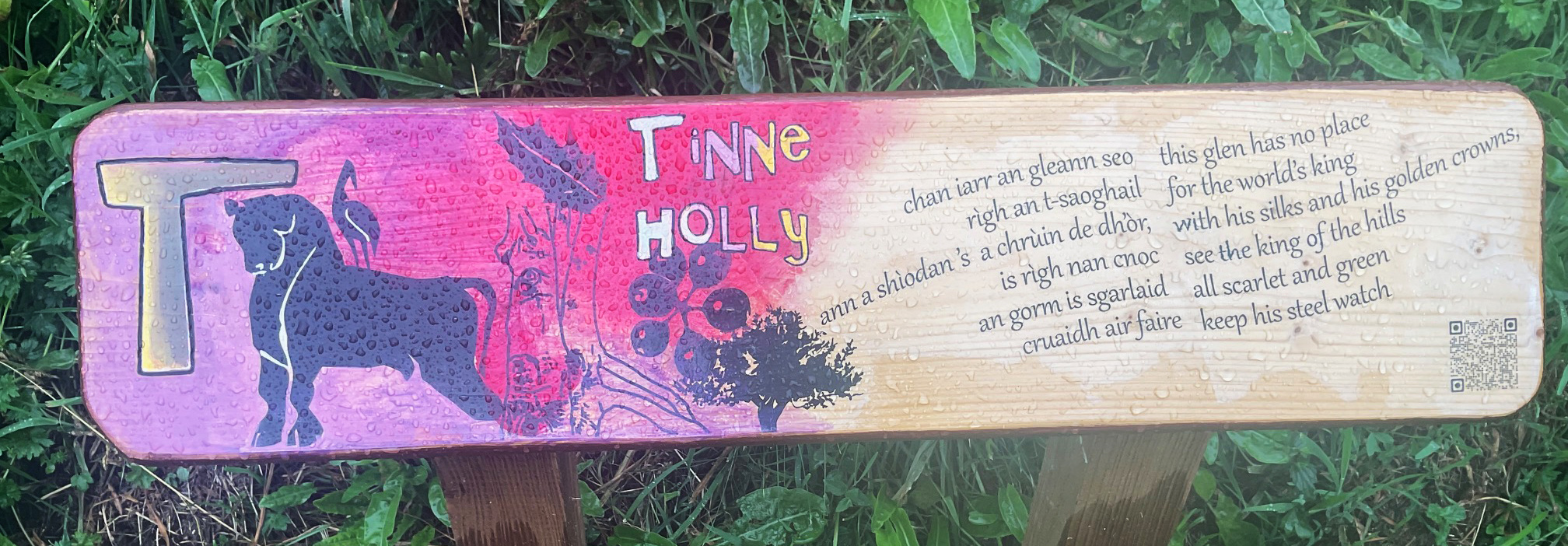
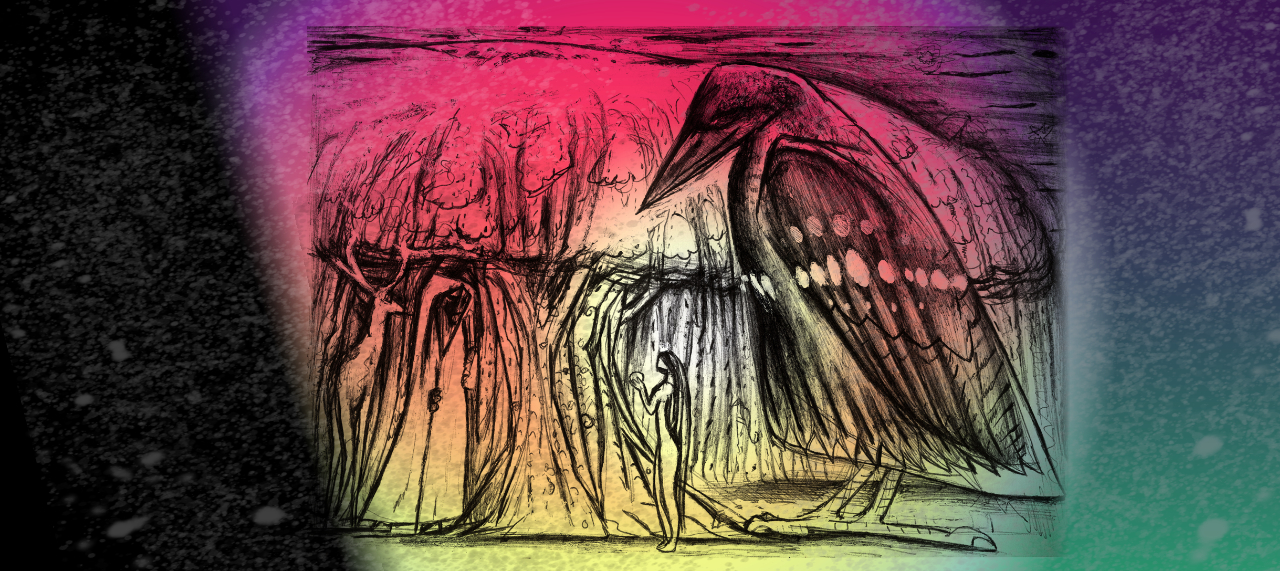
chan iarr an gleann seo
rìgh an t-saoghail
ann a shìodan ’s
a chrùin de dh’òr
is rìgh nan cnoc,
an gorm is sgarlaid,
cruaidh air faire
’s nan saoileadh iad
gur ceannairceach
righ meanglach buan
a ghlinne seo,
na saoileadh iad
gur géilleir e
a chromas druim
bu saighdear e
a bhiathas ian,
bheir dìon do thaigh
an aghaidh buidseachd
sìdhichean is spréidh,
fir-tàileisg ann, is
deirge gréin na dhearc
this glen has no place
for the world’s king
with his silks and
his golden crowns,
see the king of the hills
all scarlet and green
keep his steel watch
don’t let them think
of him as rebel,
resilient branchy
king of this glen,
don’t let them think
that he will yield
or stoop his back
he’s a soldier
who’ll feed the birds,
protect your house
from witchcraft,
fairies, livestock,
he’s chessmen, with
sun’s red in his fruit

Holly prefers deciduous woodland and open pastures, and is the only tree that can survive under the dense shade of beech trees. The only european evergreen that has leaves, holly needs the protection of tall trees from intense cold as it is not resistant to hard winter frost and therefore is found mainly in the west (in central Europe it rarely grows larger than a shrub in consequence).

With its shiny, waxy leaves (like plastic or leather) and their wavy, accentuated spiny margins it is easy to distinguish. Above the reach of browsing animals, its leaves become much less spiky. With its slow and patient growth, holly is very strong and resistant, and its wood tough, of high-quality with an even texture.
Usually dioecious (separate male and female trees), holly can produce both genders of flower on the same tree when distribution is too sparse for insect fertilisation. Its berries are initially green and become their traditional bright red in autumn, remaining on the tree all winter. Growing best on sandy, slightly acidic or lime soils, holly trees usually attain two to three hundred years of age. Once it reaches about twenty, holly begins to produce small, white, finely scented flowers that appear in May or June from the leaf nodes.


As a Bach Flower, holly is used to combat disconnecteness through jealousy, hatred and insensitivity, by opening the heart and prompting compassion and love. Holly belongs to the family of aquifoliaceae (ilex aquifolium) and related forms are scarlet oak, kerm-oak, holly oak, holm oak, also ilex, terebinth. Generally holly wood is used for more ornamental and specialised needs. Bowls, piano keys, inlays and furniture of all kinds and for bagpipes, where the gaelic the word tinne also refers to a full set of pipes
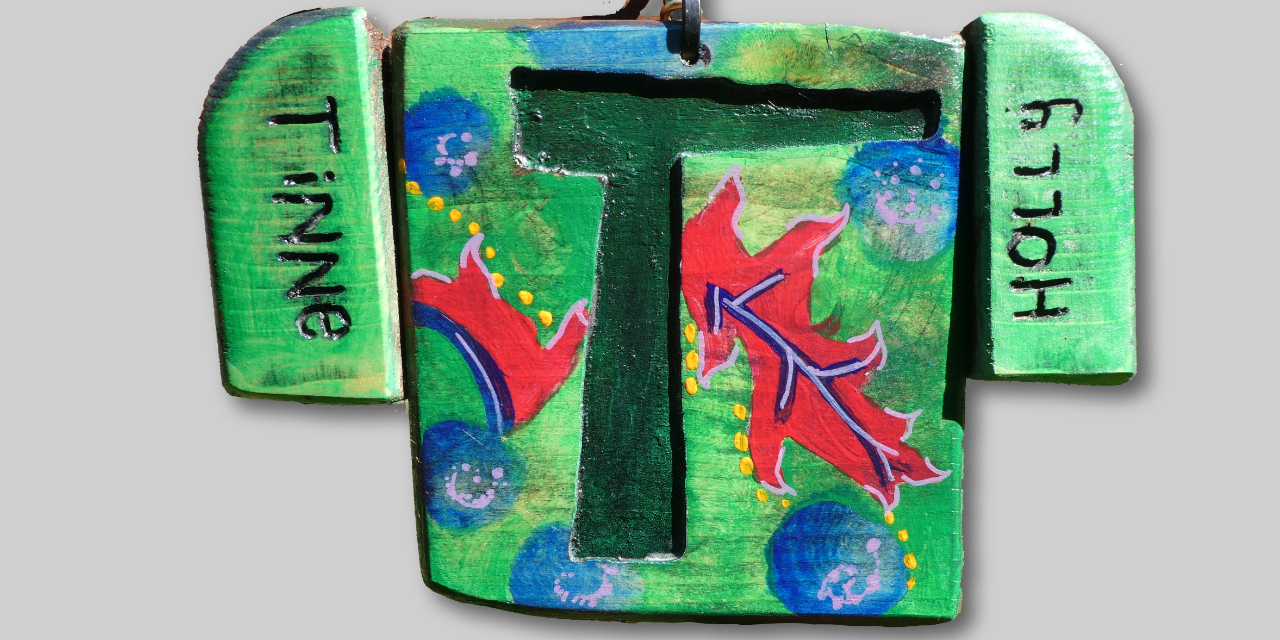
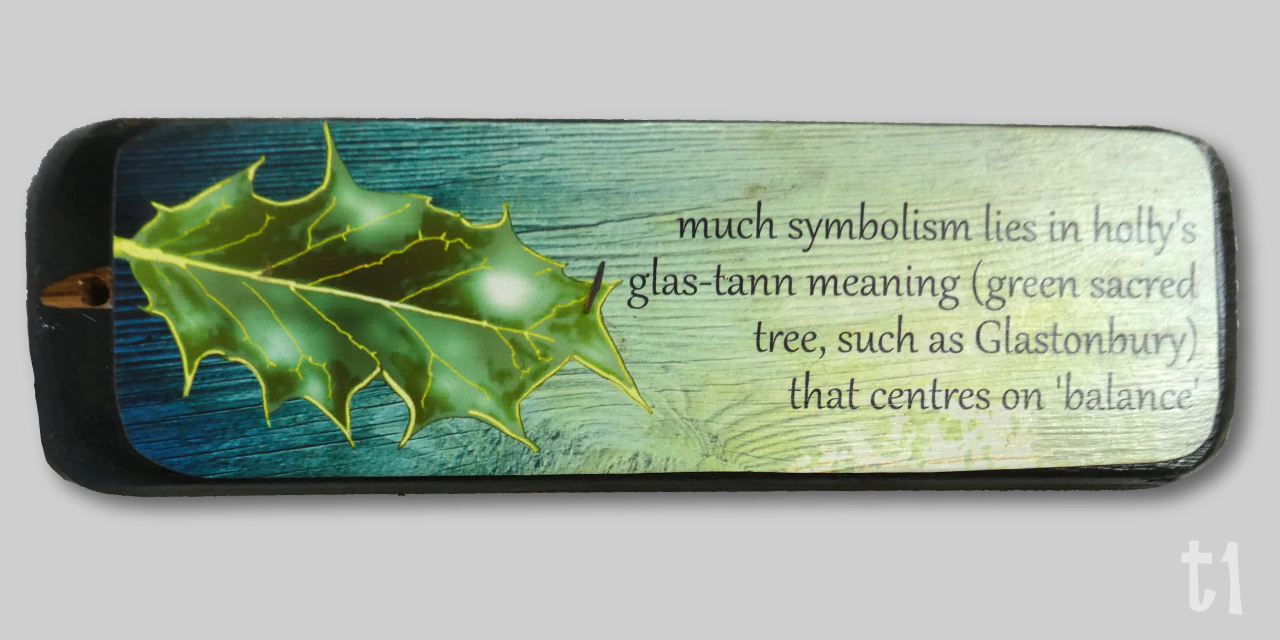
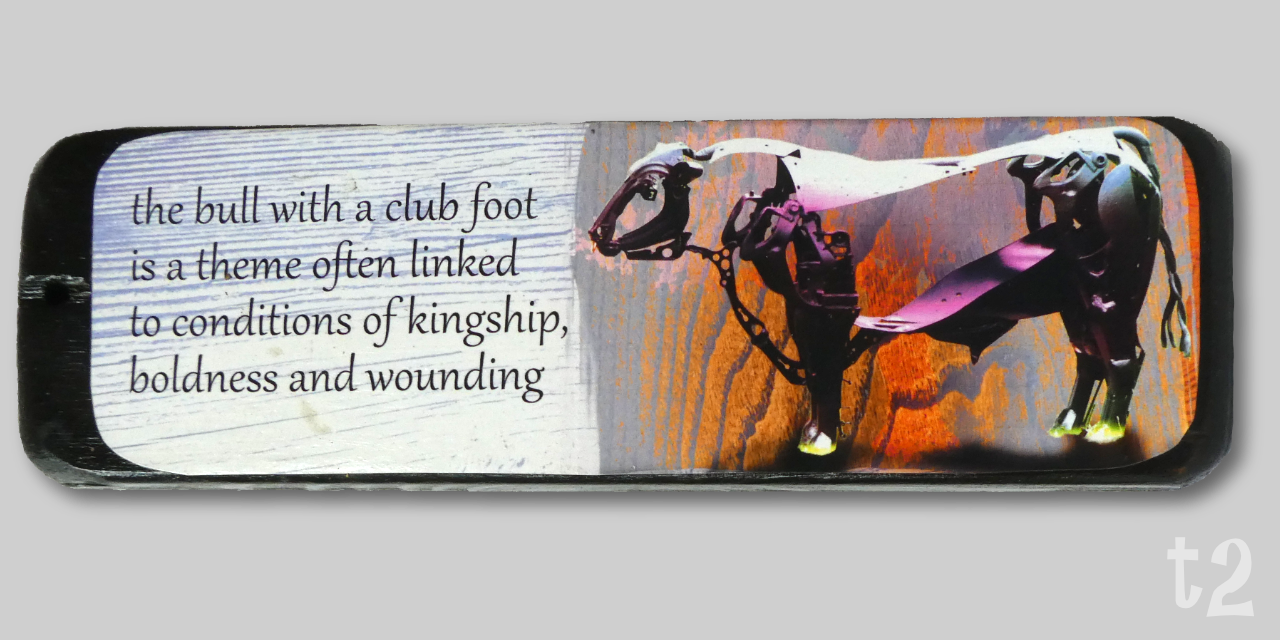
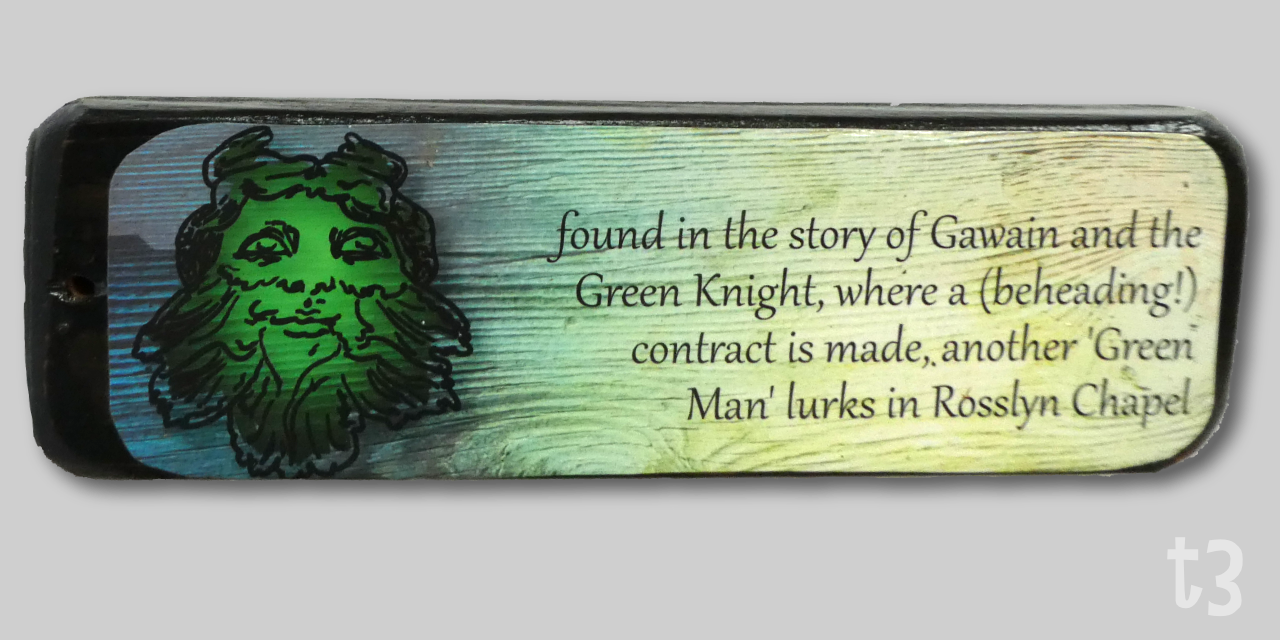
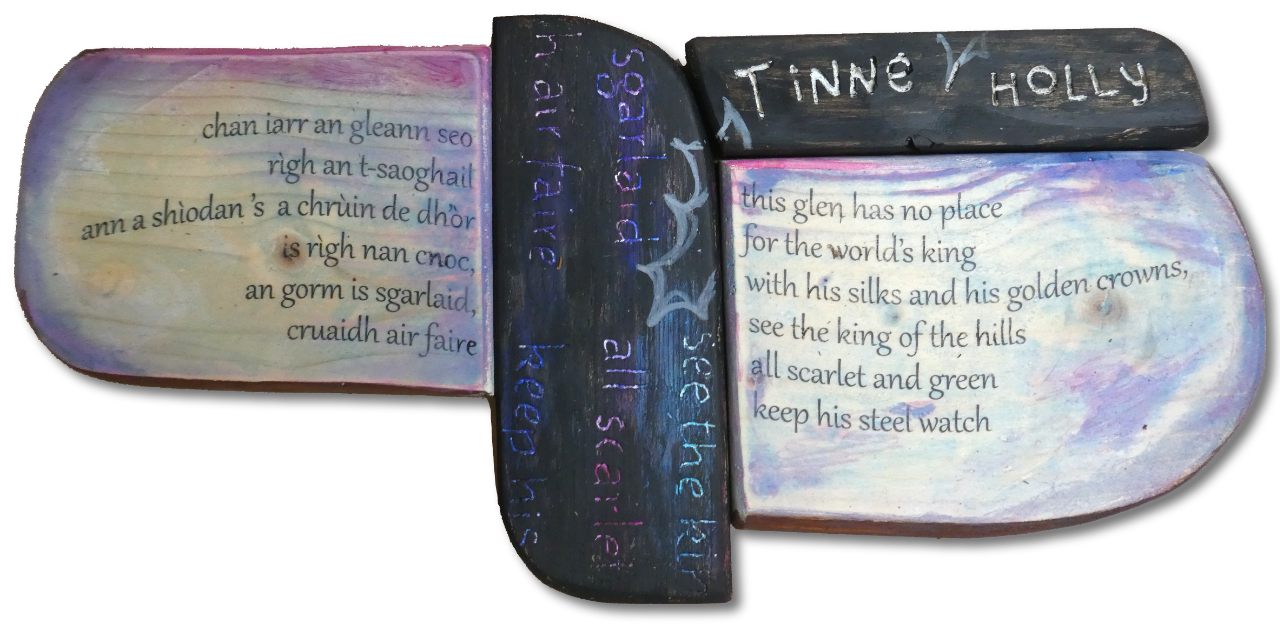
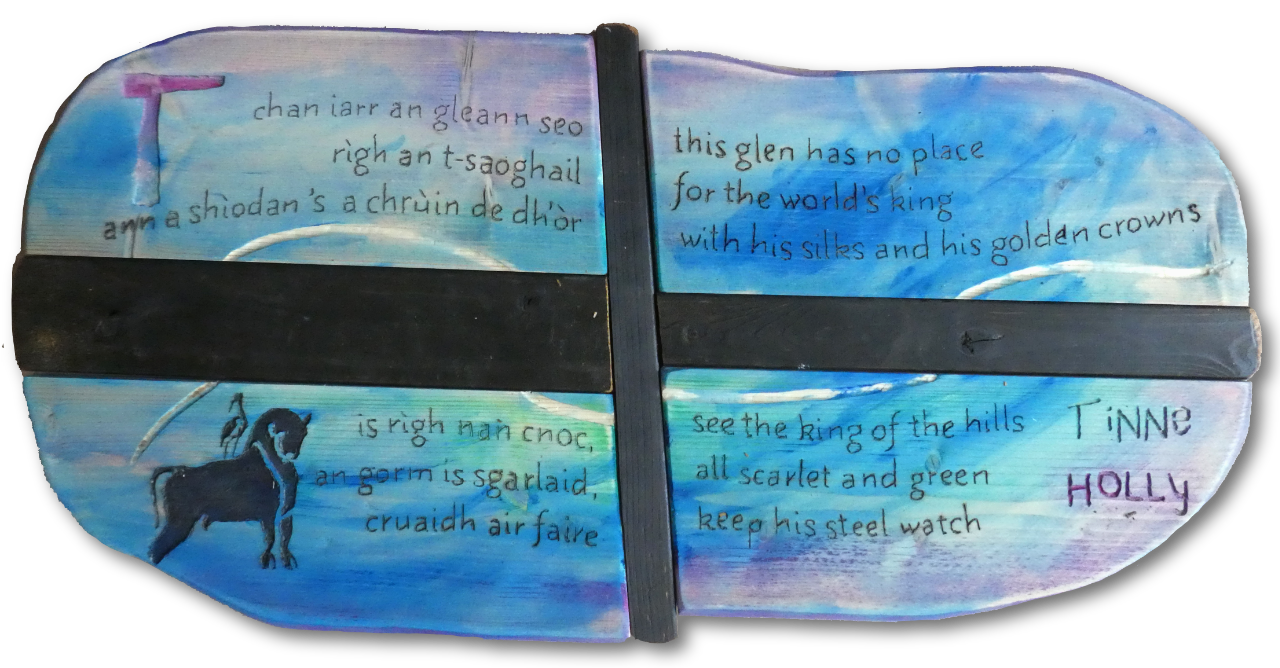

For a variety of different reasons, holly has strong association with Christian symbolism. Partly seen in the passion and crucifixion of Christ, with the tree having prickly leaves, four-lobed flowers (mirroring the points of the cross) and blood red berries, the association extends further than this. The last letter of the Hebrew alphabet, the tau (Tav) stands for 'truth', a T-shaped cross and the letter T re-occurs in the gaelic tarbh (pronounced the same and meaning bull), and Tannus, a gaulish thunder god armed with triple thunder bolt.
The symbolism is also apparent in the story of Gawain and the Green Knight, where the latter comes to Arthur's court, challenging a knight to behead him on condition that he be allowed to return in a year's time and 'balance' the conditions that will occur in the intervening year. Similar sacrificial metaphor is found, not only in christian religion, but in Lleu Llaw Gyffes (Bendigeidfran), Bel, and in Nemi, the oak king, ritually sacrificed each summer. Like the glas-tann (green sacred tree), these are usually concerned with the holly and oak as aspects of the same thing, with oak as king of the waxing half of the year and holly as king of the waning half of the year, and the rites of passage between father/son and the lore connecting inheritance and geis. This lore is still alluded to in the carol 'of all the trees that are in the wood, the holly is the best'. The Green Man (here from Rosslyn Chapel), seems to have similar roots


A similar parallel is the bull with the club foot, who represents both the conditions of kingship and also has three cranes on his back (cranes representing the alphabet's letters brought from Egypt). A similarly wounded bull appears in the Gundestrup Cauldron. The element of two halves also "spear that roars for blood" (iron grey) "battle-waging spear" and "I embolden the spearman" from Taliesin (greek is prinos and hysge, while brythonic has kelynn).
"Who so ever ageynst Holly do crye,
In a lepe shall he hang full hie. Alleluia!"' (Folkard 1892)
